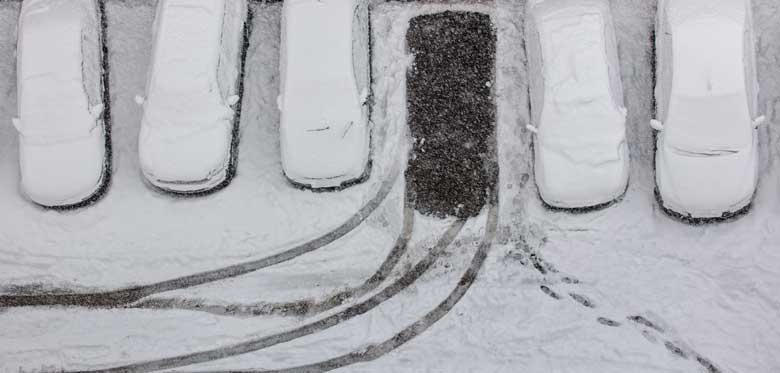Although we have now welcomed in the New Year, unfortunately it does appear that the cold, wet weather is here to stay, at least for a little while longer anyway. Therefore, it is still as important as ever that you ensure that you are taking this into consideration and are prioritising your health and safety when travelling in such weather conditions.
Drivers
Due to the unpredictable and potentially severe weather conditions at this time of year, a significant amount of people choose to travel by car.
If you are one of the majority and decide to drive to your destination, then it is important to make sure that you check your car is able to deal with potentially severe weather conditions before starting your journey. I have listed a number of factors to take into account either before your journey or whilst driving, to ensure that you are taking the reasonable steps to keep yourself and others safe.
- Make sure you check the weather forecast before you set off on your journey. If it looks like the weather conditions may be bad/severe, it may be worth considering whether your journey is really necessary. If the journey is necessary, then it may be a good idea to set off in plenty of time and allow yourself a longer time to complete the journey.
- Ensure that your tyres are pumped to the recommended pressure and that they are in good condition and are not too worn. This will ensure that their grip and braking capabilities in cold and icy conditions are at the recommended level in order to keep yourself and others safe, as this could be the difference between a near miss and a dangerous accident.
- It may be worth preparing for the worst and packing essential items in your car, just in case conditions become that severe that you get stuck somewhere before you manage to complete your journey. Essential items include a first aid kit, a warm blanket, a change of clothes, a bottle of water, food/snacks and a phone charger.
- Ensure you have completely de-iced and cleared all of your vehicle’s windows and mirrors before setting off, as failure to do so could impair visibility and this alone could be dangerous enough to cause an accident.
- When driving, make sure you are alert and concentrating at all times as due to icy conditions, accidents are much more likely. Make sure you look well ahead of you for potential hazards and if you notice patches of ice in the area, make sure you keep to a low speed to reduce chances of slipping. If you are tired, make sure you stop to rest.
- It is important to remember that stopping distances will be at least doubled in wet weather and increase even more so in snowy/icy conditions. Therefore, make sure you are reassessing the weather conditions throughout your journey and ensure you do not drive too close to the car in front of you.
- Make sure you accelerate, brake, steer and change gear as smoothly as possible in order to reduce the risk of a skidding on a wet/icy road.
- If you find that your vehicle does skid, make sure you take your foot off the accelerator and turn the steering wheel into the skid. This might seem counter intuitive, but doing so will straighten your car up and should hopefully help you regain control of the vehicle.
Cyclists
If regardless of the cold weather, you would still rather opt for your bicycle then you should not feel discouraged to do so. Just make sure that you are wearing plenty of extra layers and if cycling early in the morning or later in the evening, it may be a good idea to consider attaching a light to your bicycle and/or wearing a reflective jacket to ensure you are visible to others.
It is worth also bearing in mind that the wet/icy road conditions are also, if not even more so, dangerous for cyclists, so if faced with these conditions you will need to adjust your speed accordingly and ensure you give yourself plenty of time to complete your journey. I would also advise to stay on well-lit roads and avoid country lanes where possible, due to visibility issues that may arise in darker, wetter weather conditions.
Walkers
Although the majority of people will travel by car during wintertime, there are many people who do not own a car or may just prefer to walk when making some journeys. Although walking is the healthier option to driving and the fresh air may be re-energising, the risk of slips and trips is significantly increased in wet and icy weather conditions.
It is therefore important that if you are walking in icy/wet conditions, make sure you are wearing appropriate footwear to reduce your chances of slipping. It may also be worth checking the weather forecast before you set off to ensure you are wearing an appropriate amount of layers.
I would also strongly advise that you stay in well-lit areas where possible and avoid walking on country lanes if you can, because as advised above, visibility issues can arise in darker, wetter weather conditions, which in turn can increase the risk of an accident.
It is also worth noting that if walking with a dog, please ensure they have a collar with a light and/or a reflective strip and make sure you keep them on a short lead when walking near busy roads.
Although travelling in wet and icy weather conditions can be unnerving, as long as you take the relevant factors above into account, then you will stand yourself in good stead at staying safe on your journeys.
By Emma Sharples, personal injury team



Comments